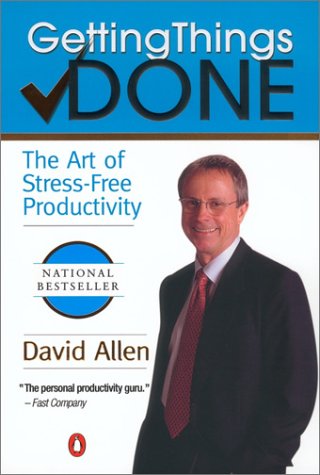When we make bad decisions, where’s the real point of no return?
Let’s say Meg decides she really want to go to Sweden, and she plans an incredible 3-week vacation there: great hotels, tours, plane tickets, the whole shebang. As she’s making these reservations, she thinks to herself “I probably can’t afford this–but I’ve always wanted to go to Sweden, and who knows when I’ll have the chance next?” Everything’s set. Once the reservations are made, is it too late for her to change her mind?
Two weeks before the trip she looks briefly at her finances and begins to worry about what will happen to her credit card debt if she goes. Is she really going to be able to pay all that money off? It turns out she doesn’t have it in savings, as she was kind of hoping she would. Now is it too late?
The day before she leaves, the anxiety is too much for her, and she sits down and runs the numbers. It turns out that the trip isn’t just a little out of her reach: it’s going to cause havoc to her whole budget–she might even run out of money while on the trip! And she hadn’t realized the hotel was going to cost that much, and should she really have booked the more expensive flight so that she didn’t have to leave at 5:30 in the morning? Is it too late now?
It may feel too late. When you’re driving away from the fast food restaurant or about to drop that angry letter in the mailbox or standing at the counter while the sales clerk rings up your purchases, it may feel as though you’re committed to the bad choice you’ve made, even if you now realize it’s a bad choice. For some of us (and this is completely typical of the old eating habits I’ve been painstakingly overcoming for years), you may be halfway through eating something, realize you’re not enjoying it at all, and still finish it because oh well, you already bought it and started eating it, and you don’t want it to go to waste, right? Because making you unhappy and contributing to your ill health is much less going to waste than throwing it away … uh, right?
Yet it’s never actually too late until it’s literally impossible to take whatever it is back. Even if it would take a lot of effort to backtrack, or if you lose money by changing your plans, or if you have to do something that seems random and embarrasses you, it’s better to reverse a bad choice at the last minute than to never reverse it at all. The day before Meg’s trip, she can say to herself “This is ridiculous: I can’t afford this, and I won’t even be able to enjoy the trip because I’ll be worrying about money the whole time.” Then she can call the airline and see if she can get a refund or credit for the flight, call the hotels and tours and cancel her reservations, and so on. If she’s past the deadline for getting much money back from the trip–for instance, if she got non-refundable plane tickets and the airline won’t give her credit toward future travel–then maybe it is too late, but if she just has to take a hit of a few hundred dollars instead of spending thousands she doesn’t have, then canceling (or scaling back to much cheaper arrangements) is still the right decision for her.
On the surface, this kind of reversal looks stupid: you go to a lot of trouble to arrange something, then you go to a lot of trouble to cancel it, and lose money in the bargain. The important thing to realize is that the value Meg was trying to get at the beginning was an illusion: the trip was not really something she wanted on those terms. If she took it, she would be less happy and less empowered than if she didn’t. Once she realized this, the value of the trip as she understood it changed. It’s as though you made arrangements to buy a nice car and then found out the car was a lemon. Would you still buy the car (and for the same amount) just because it seemed like it was worth more before you knew better?
There are two benefits to reversing a bad decision even after the bad decision has already cost you something. The first is that the bad decision hurts you less if you don’t follow all the way through with it. The second is that you give yourself a memorable and meaningful lesson. The canceled trip will, we hope, really stick in Meg’s memory, so that the next time she tries to buy something that she can’t afford, she can reflect on it and say “Remember when I almost bankrupted myself on that trip to Sweden I wanted? This is like that. Why don’t I steer clear this time?”
Is it ever too late to get a little smarter?
Photo by tricky












